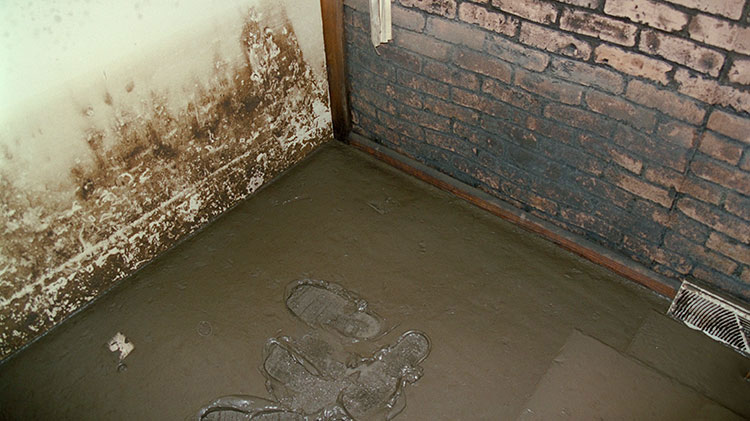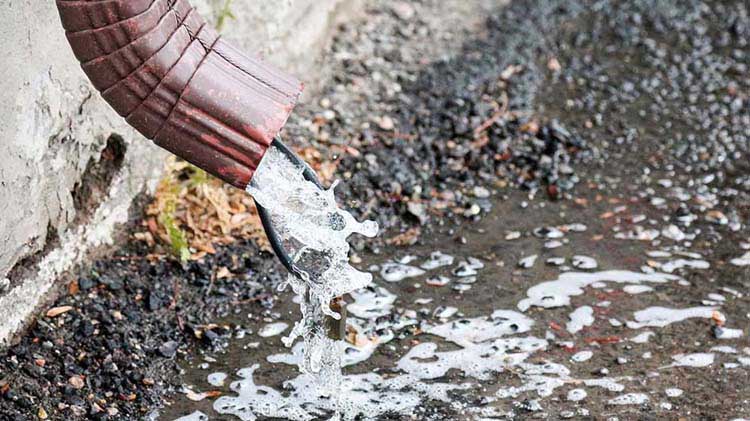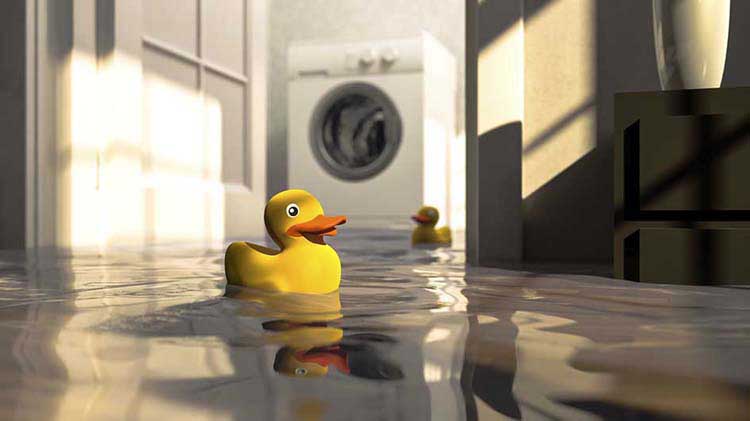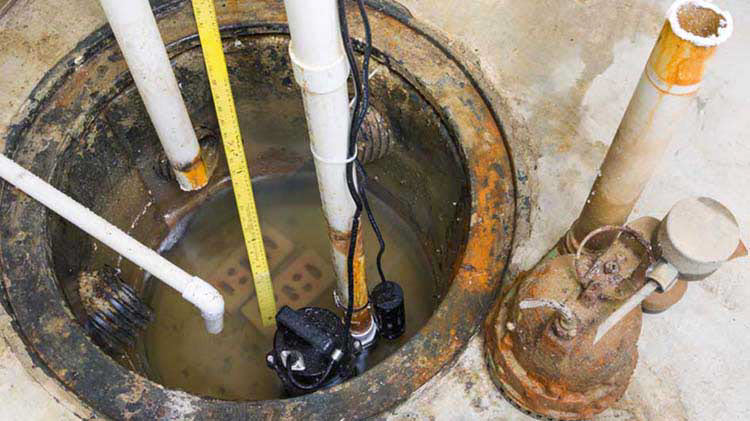What causes household mold?
Here's how to cleanup and help prevent mold in your house.
Mold is a naturally occurring fungus that is plays a vital role in nature by breaking down organic matter. However, in your home mold is not just unsightly, it can also be a health hazard to you and your family. Not only can mold cause allergic reactions, it can also cause asthma attacks in some people. These dangers make it important to take immediate action to fix the problem if you spot mold growing anywhere in your home. Fixing the problem means removing the mold and changing the environment that allowed the mold to grow in the first place.
Household mold types
Mold is easily identified by its growth and discoloration along surfaces. Mold is usually fuzzy or hairy and comes in a variety of darker colors, like green or even black. If the growth appears white or powdery gray and grows in a flat pattern, it is likely mildew and can be cleaned up by vigorous scrubbing.
Experts believe there may be 300,000 types of mold and the most common indoor molds are Cladosporium, Penicillium and Aspergillus. No matter what type of mold you have, you should take steps to eliminate it.
What causes mold in a house
Mold likes environments with a lot of moisture and grows well on a variety of surfaces like cardboard, ceiling tiles, carpets and drywall. Mold growth can be caused by areas of moisture around sinks, bathtubs, showers, near leaky pipes, around windows, in basements, crawl spaces and attics.
Symptoms of mold sickness
The CDC says that some common symptoms of mold exposure are:
- Stuffy nose
- Wheezing
- Red or itchy eyes or skin
- Asthma attacks
How to get rid of mold in a house
Mold growth in a home indicates there is a moisture problem and your first step should be to fix the moisture problem. This means fixing any leaks and getting the humidity levels as low as you can using an air conditioner or dehumidifier. Properly ventilating the area with exhaust fans will also help.
After fixing the moisture problem, you should remove all moldy items from your house. If mold is growing on carpet, drywall or ceiling tiles, the only solution is removal and replacement.
You can remove mold from hard surfaces by scrubbing it with commercial products, soap and water, vinegar or a bleach solution of no more than 1 cup (8 ounces) of bleach in 1 gallon of water. Never mix bleach with ammonia or other household cleaners.
If the area is too large for you to clean yourself, you should contact a professional who has experience in cleaning mold.
What to wear when cleaning mold
You should take steps to protect yourself while cleaning mold. Proper safety equipment includes:
- Mask: An N-95 respirator mask will limit your exposure to airborne mold.
- Gloves: Long gloves are recommended, and make sure they will withstand the chemical you are using.
- Goggles: To avoid getting mold or mold spores in your eyes, wear goggles that do not have ventilation holes.
How to prevent mold
After removing mold from your house, you should keep an eye on the area to make sure there is no reoccurrence. You can prevent future reoccurrences by keeping the humidity low, maintaining proper ventilation and regular cleaning. In basements, you should take steps to prevent flooding and that you're not improperly storing your items.




